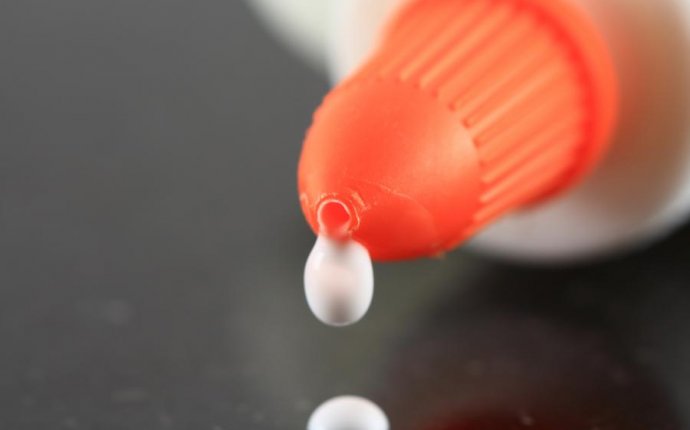
Best Wood glue for Antique furniture
Building furniture with traditional joinery is fairly straightforward: cut, glue, clamp, and let it dry. A well made mortise and tenon or dovetail joint will last several generations, but even the best joint may eventually need to be repaired, particularly on hard wearing items like chairs. Re-cutting the original joinery or replacing an entire part may not always be the right course to follow, especially if the furniture has an intrinsic historical value. Discovering how the piece was originally made is sometimes half the battle. This article will take you through the basic steps to repairing the most common furniture joints - mortise and tenon, dovetail and dowel.
Glues
The type of glue used on the original joinery is important. Prior to the mid forties, hot animal hide glue was the traditional glue used in furniture assembly. After that time, PVA glues eventually replaced hide glue. Hide glue has some annoying application characteristics but it's redemption is in the fact that it is reversible. It can be "re-activated" with water and heat and it will re-bond to itself. This means that joints originally glued with hide glue do not have to scraped to bare wood to get the new glue to stick. Just re-apply some new glue after moistening the old glue with hot water. You can use either hot hide glue made from dry granules or pre-mixed hide glue like Franklin's. The pre-mixed variety will give you more open time to work than the hot type. You can also use a PVA glue to re-glue an old hide glued joint, but be very cautious with doing this on antiques. PVA glue is not considered reversible and will make any future repairs difficult.
Hide glue can be "de-activated" on joints that are still stuck by saturating the joint with alcohol. Squirt some alcohol (I use denatured alcohol) along the edges of the joint and it will wick in by capillary action. After several minutes the joint will be loose enough to pull apart.









